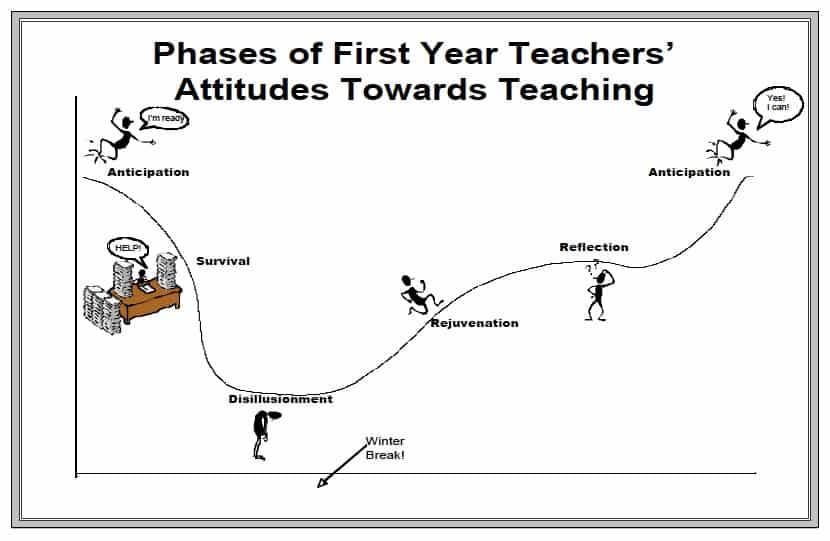
Spectral graph theory starts by associating matrices to graphs—notably, the adjacency matrix and the Laplacian matrix. The general theme is then, first, to compute or estimate the eigenvalues of such matrices, and, second, to relate the eigenvalues to structural properties of graphs.
Beautifully written and elegantly presented, this book is based on 10 lectures given at the CBMS workshop on spectral graph theory in June 1994 at Fresno State University.
Author: Fan R. K. Chung
Publisher: American Mathematical Soc.
The aim of this book is to understand the spectral grpah theory. We combine all classic sources, e.g. Fan Chung’s book, Dan Spielman and Luca Trevisan’s graduate courses. Also some other important sources. There is not much to say in the introduction. If later I have some insightful ideas about this. Spectral Graph Theory and its Applications Yi-Hsuan Lin Abstract This notes were given in a series of lectures by Prof. Fan Chung in National Taiwan University. 1 Introduction 1.1 Basic notations Let G= (V;E) be a graph, where V is a vertex set and Eis an edge set. (Graph 1) We denote the edge set E= ffa;bg;fb;cg;g. The only downside to this book is that algebraic graph theory has moved in many new directions since the first edition (the second edition mostly states some recent results at the end of each chapter), and the interested reader may want to supplement this book or follow up this book with the following: 'Spectral Graph Theory', by Fan Chung.


ISBN: 9780821803158
Spectral Graph Theory Book 2

Spectral Graph Theory Textbook
Category: Mathematics
Page: 207
View: 547